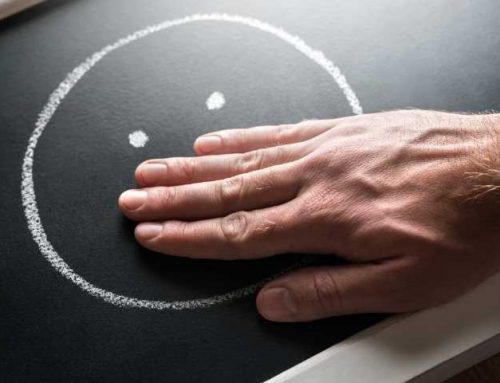Today I had a student brought to me with concerns of self-harm. A slew of questions followed including: What would cause a student to harm themselves? What should educators do when they suspect self-harm is occurring? What can parents do?
If you’ve ever found yourself in this situation, or it’s likely you can see yourself in this situation one day, you’ve come to the right place. Self-harm can be a sign of a very significant underlying condition that requires immediate attention. Or, while always cause for concern, the underlying issue may actually be a symptom of a fairly solvable problem.
Self-harm is a coping strategy.
First let’s start by defining self-harm. Self-harm is when someone intentionally inflicts physical pain on themselves and may be in the form of:
• Scratching
• Cutting
• Picking at wounds
• Poking or piercing
• Burning
• Carving
• Hitting or punching
There are many other creative ways that students will engage in self-harm, but these listed are the most common. Students are also creative in the places they self-harm and often the wounds are not visible. Keep an eye out for the physical signs of self-harm and know that often the wounds may not be visible. Students tend to conceal their wounds like they do their emotions. However, students who have visible signs of self-harm may be crying out for help.
Even young students can self-harm.
Emotionally, students use self-harm as a coping method for how they are thinking or feeling. Even students ages 8 and younger engage in self-harm as a way to control parts of their environment that are out of their control. For example, the student who has a hard time reading and feels tremendous stress and anxiety when the teacher calls on him to read out loud. Or the student who has parents with very high expectations and she worries about consequences when she doesn’t get straight As.
Students engage in self-harm for a variety of reasons, commonly to:
• Control their environment
• Punish themselves for perceived wrongs
• Process their feelings
• Communicate that they need help
Adults can support students who engage in self-harm with compassion. Often students need an advocate to help them bring balance to their lives. They may find themselves not fully understanding how to seek help, or they may need help speaking up against those who are causing the negative emotions. A single modification, or series of modifications, can make a huge difference in the life a student.
Simple solutions can have life-changing impact.
For the student who would self-harm when called on to read out loud, the school-based team at school recommended to the teacher that he not call on the student as it exasperated the student’s stress and anxiety. The team also collaborated with the family and shared alternative, healthy coping strategies to help the student at school and at home. Through data collection, intervention, and evaluation, the student was eventually found eligible for special education supports under the Specific Learning Disability category. The instances of self-harm extinguished as these various intervention supports were put in place and new coping skills were taught to the student.
For the older student whose parents placed expectations on her that she perceived were far too high, the school-based team facilitated a meeting. The student, team, and parents discussed that the student was engaging in self-harm and allowed her a supportive environment for her to share with her parents why she was doing it and the expectations caused her feelings of stress and depression. The parents had no idea that their expectations were having the effect that they did. As a result, the parents and student began to communicate more openly and with greater understanding. Eventually, the student ceased to self-harm and her feelings of efficacy increased.
What to do?
Instances of self-harm are always serious and can be very complex, requiring several tiers of intervention. Identifying instances of self-harm early is one of the best things parents and educators can do. Know that self-harm is a coping strategy and that something else is the source of the behavior. Reach out to your school psychologist, school counselor, or school social worker immediately if you suspect a student is engaging in self-harm.
If you or your student are experiencing a non-life threatening emergency, text HOME to the Crisis Hotline at 741741 for help 24/7.




Leave A Comment